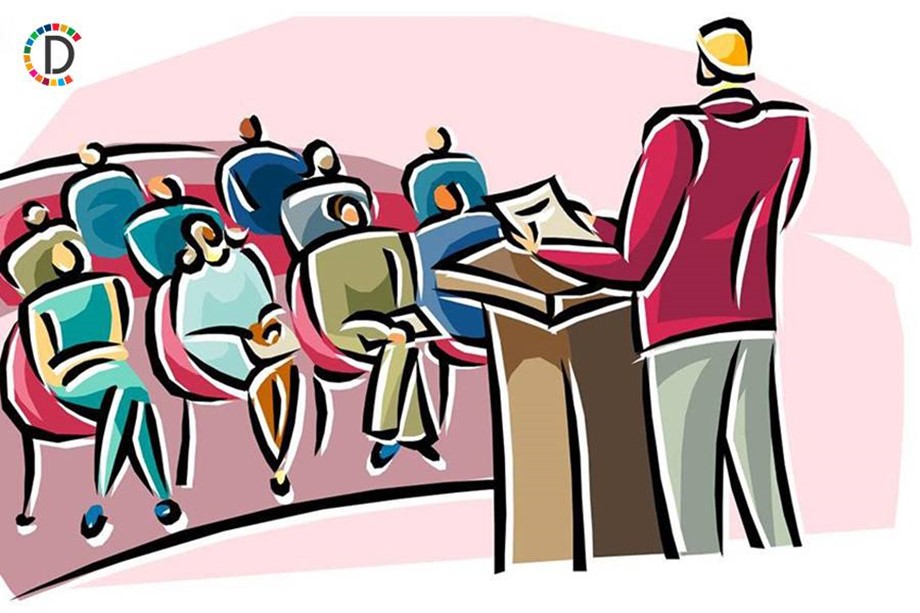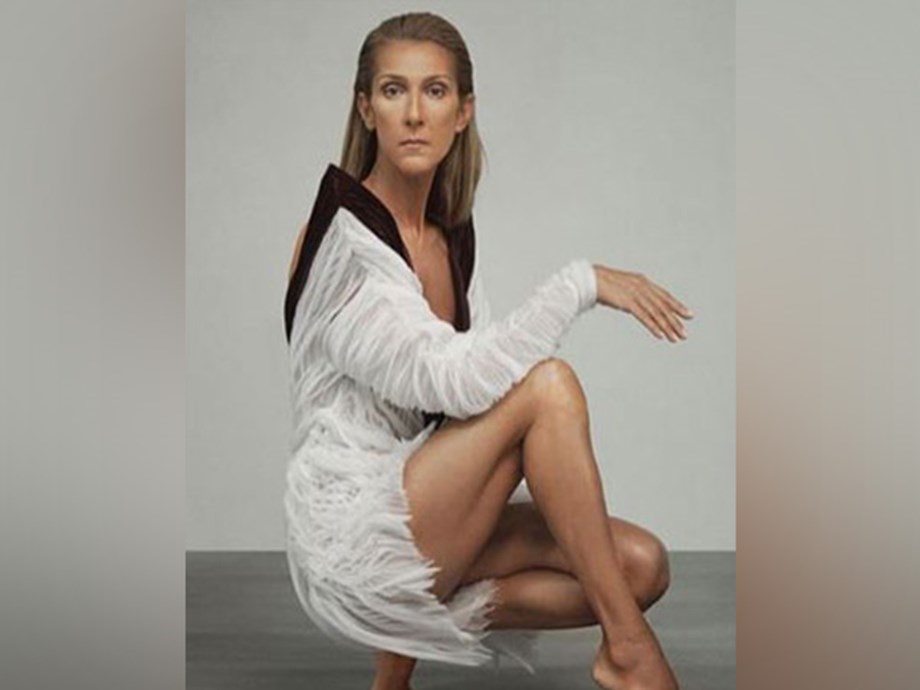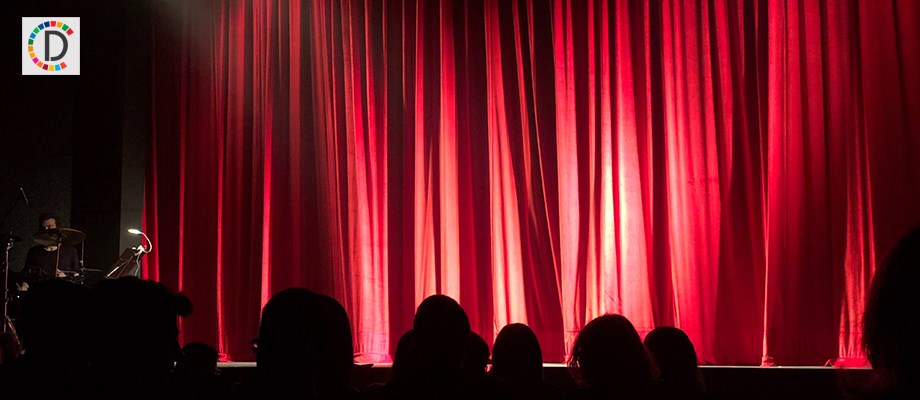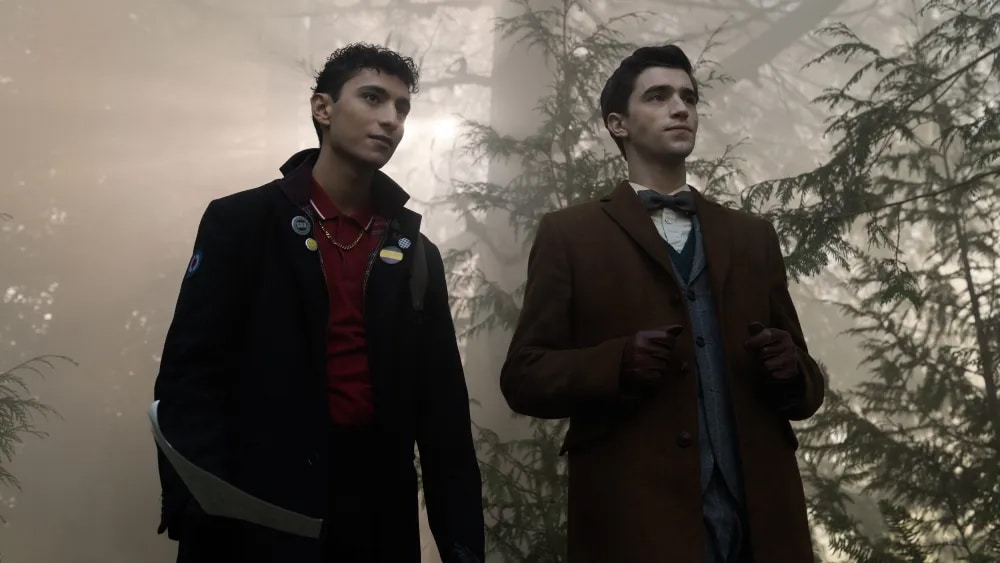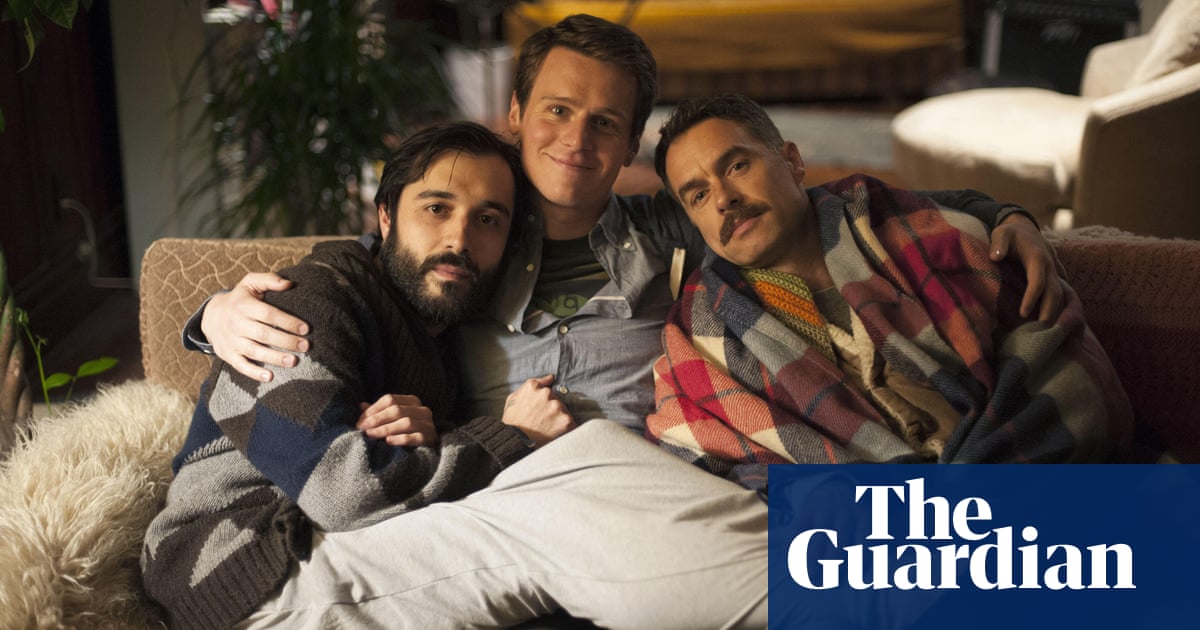
Looking: the queer dramedy that was a decade ahead of its time
Looking is about three gay men living in San Francisco. In 2022, you’d be hard-pressed to find a less novel synopsis – but when it began in 2014, this HBO series was truly groundbreaking, heralded as the only show by and about gay men for probably a long time.
These days, there are many popular, overtly queer shows: It’s a Sin, Sex Education, Feel Good, Schitt’s Creek, Our Flag Means Death and Heartstopper, the latter recently becoming an overnight hit among audiences and critics alike. There couldn’t be a sharper contrast between the reception of LGBTQ shows in 2022, and Looking’s lukewarm reception in 2014: it caught and held a “cult” audience, before it was unceremoniously axed after two seasons. (A feature-length special was later released to tie up all the loose ends.) But Looking has more to offer than then met the eye.
The show follows Patrick (played by Mindhunter’s Jonathan Groff), a game developer in his late twenties who is navigating a love triangle with his urbane boss Kevin (Russell Tovey) and the charismatic, insouciant hairdresser Richie (Raúl Castillo). We also follow two of Patrick’s friends: Agustin (Frankie J Alvarez), an artist dealing with a breakup; and Dom (Murray Bartlett of The White Lotus fame) who, being a decade older, is working through something of a mid-life crisis.
- Sign up for the fun stuff with our rundown of must-reads, pop culture and tips for the weekend, every Saturday morning
These men’s stories are not inherently queer, but they are told through a queer lens. Patrick’s love life, for example, is eclipsed by his recent coming out: his mother doesn’t fully accept his sexuality, so his attraction to Kevin is bound up in his desire for his mother’s approval. And in his more vulnerable moments during his mid-life crisis, Dom turns to Grindr for easy validation.
In 2015, Looking was touted as the next “great gay show”, after the early noughties’ success of Queer As Folk, which may have overshadowed its reception. But Looking failed to land with both straight and queer audiences: mainstream audiences shied away from its queerness, despite the broad appeal of its subject matter, while queer audiences took aim at the show’s pedestrian subject matter, and its failure as the “great gay show” to represent the full gamut of gay experience. Even though its subject matter was sensitive, thoughtful and human, Looking couldn’t live up to the pressure.
Nowadays, queer stories are more mainstream and more perse, and audiences are, in some ways, more forgiving. Heartstopper’s recent resounding and well-deserved success is a clear testament to this: like Looking, Heartstopper doesn’t claim to tell the story of every gay person – just the tale of one warm and relatable first love. That is a universal story, and not inherently queer – which makes it even more important that it is queer. If Looking was coming out now, perhaps it would be better received because queer media today is manifold: one show would not need to speak for all LGBTQ people.
Towards the end of Looking, Patrick comes to Richie for a haircut. As he sits in the barber’s chair he says, “I’m ready” – it is implied for more than just a trim. With almost a decade of progress that has come after it, perhaps audiences are now ready for Looking.
Looking is available to stream on Binge.















































